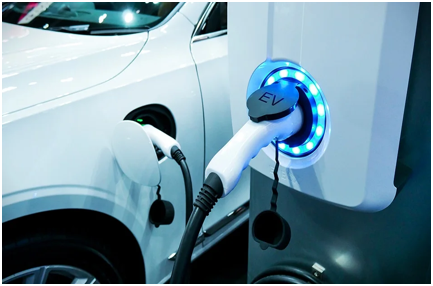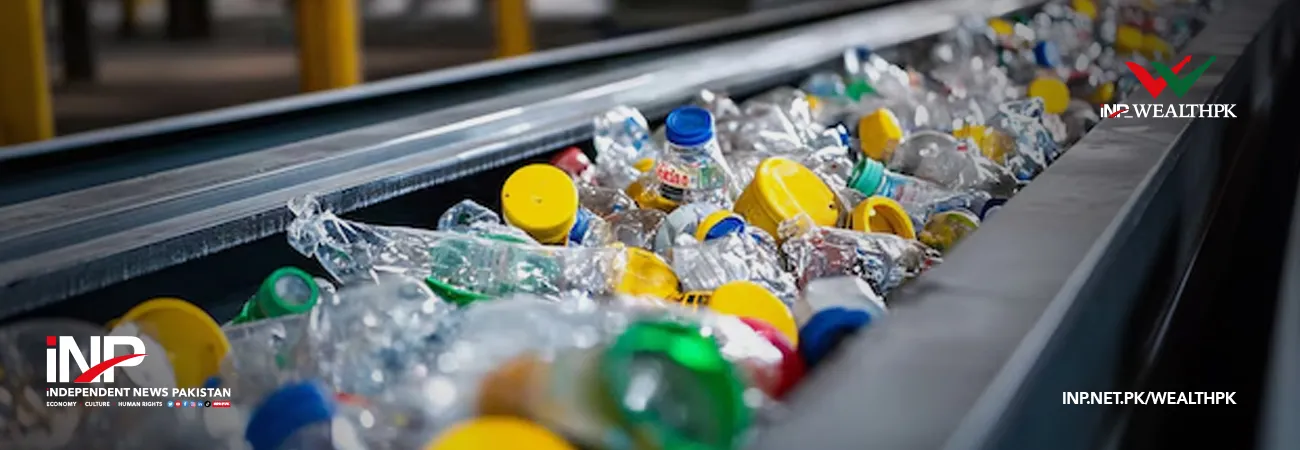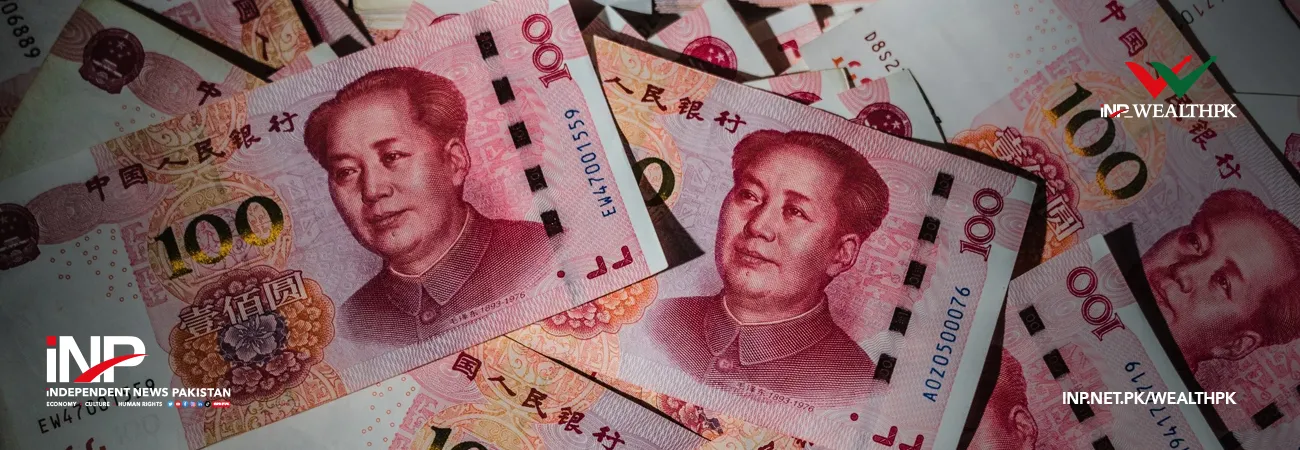آئی این پی ویلتھ پی کے
Hamza Ali
Experts have emphasized consistent policies and improved infrastructure as the hybrid vehicle production in Pakistan takes off. In light of recent conversations of WealthPK with the industry experts, it is clear that the industry is interested in the government's continued support but further coordinated and persistent action is necessary.

The hybrid vehicle sector is discreetly expanding despite the challenges posed by political and economic uncertainty. This growth has been facilitated by strategic incentives that have modified the workforce, accelerated local production, and established solid supply chains. Speaking with WealthPK, Shehryar ul Islam, Assistant Manager at Indus Motor Company, emphasized the impact of these incentives.
He said, “The growth of the hybrid vehicle sector hinges on government incentives —without them, the prices would be too high for the consumers. Investment in local production has created jobs and transformed the workforce's skill set, enabling a shift from ICE (internal combustion engine) to hybrid technology.” Experts opined that hybrid cars can help the local economy grow and make the country less dependent on fuel supplies.
However, they cautioned that these gains might be lost if rules kept changing, taxes rised, and no new infrastructure was built. Pakistan's E-mobility Country Profile outlines the country's growing need for sustainable transport amid rapid urbanization and economic expansion. The number of e-vehicles is projected to reach 36 million by 2050.
The transportation sector significantly contributes to greenhouse gas (GHGs) emissions and air pollution, accounting for 26% of fuel-combustion GHGs and 8.6% of PM2.5-related health burdens. In response, the National Electric Vehicle (EV) Policy (2020–2025) aims to introduce 100,000 electric cars, 500,000 two- and three-wheelers, and 1,000 electric buses and trucks within five years and targets 90% EV sales by 2040.
Despite low EV adoption, with fewer than 15,000 vehicles on the roads, interest is growing, particularly in the two- and three-wheeler market. Incentives such as tax reductions, duty exemptions, and EV-specific zones have been introduced to promote the manufacturing and usage.
Echoing similar concerns, Ebadat ur Rehman, an associate researcher at Sustainable Development Policy Institute (SDPI), said, “Government policies, including tax incentives, reduced import duties, and subsidies, play a pivotal role in facilitating the adoption of hybrid vehicles. These measures promote sustainable advancements in the automotive industry and foster economic growth through job creation, reduced dependency on fossil fuel imports, and enhanced environmental and public health outcomes that contribute to long-term economic resilience.”
However, challenges remain, including limited electricity access (73% nationwide), reliance on imported EV components, and a nascent charging infrastructure. To address these challenges, policies also focus on expanding the charging network and integrating renewable energy sources. Pakistan targets a transition to 60% renewable energy by 2030, reinforcing its mobility goals in harmony with broader climate commitments. Overall, the country is at an early but determined stage of its e-mobility transition.
Although hybrid vehicles provide potential for a more sustainable and economically stronger Pakistan, experts urged a thorough and consistent policy framework. The stakeholders implored the government to support the sector through long-term planning, investment in electric vehicles and hybrid-compatible infrastructure, and enhanced public awareness to actualize sustainable mobility.
Credit: INP-WealthPk










